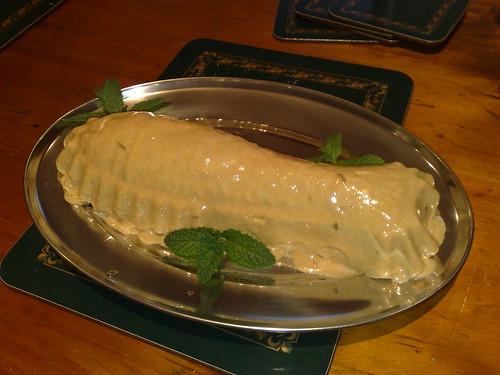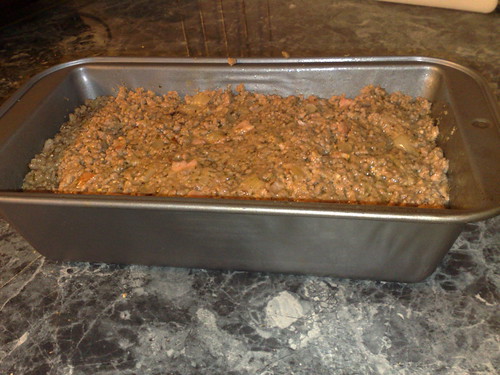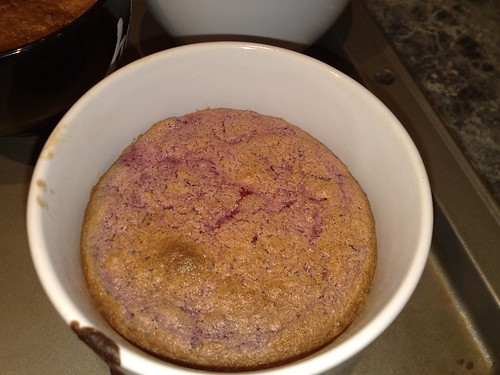
COFFEE FISH
INGREDIENTS.- 1/2 a pint of cream
1/2 a pint of milk
coffee essence
2 1/2 oz. of castor sugar
3/4 of an oz. of gelatine
the yolks of 2 eggs.
METHOD. - Beat the yolks of the eggs, ass them to the milk when nearly boiling, stir until they thicken, then put in the sugar and cool slightly.
Now dissolve the gelatine in 1 tablespoonful of water, and add it to the custard.
Whip the cream stiffly, stir it into the custard when nearly cold, add the coffee essence, and pur into the prepared mould.
Let the mould remain in a cold place until firm.
TIME. - About 1/2 an hour.




